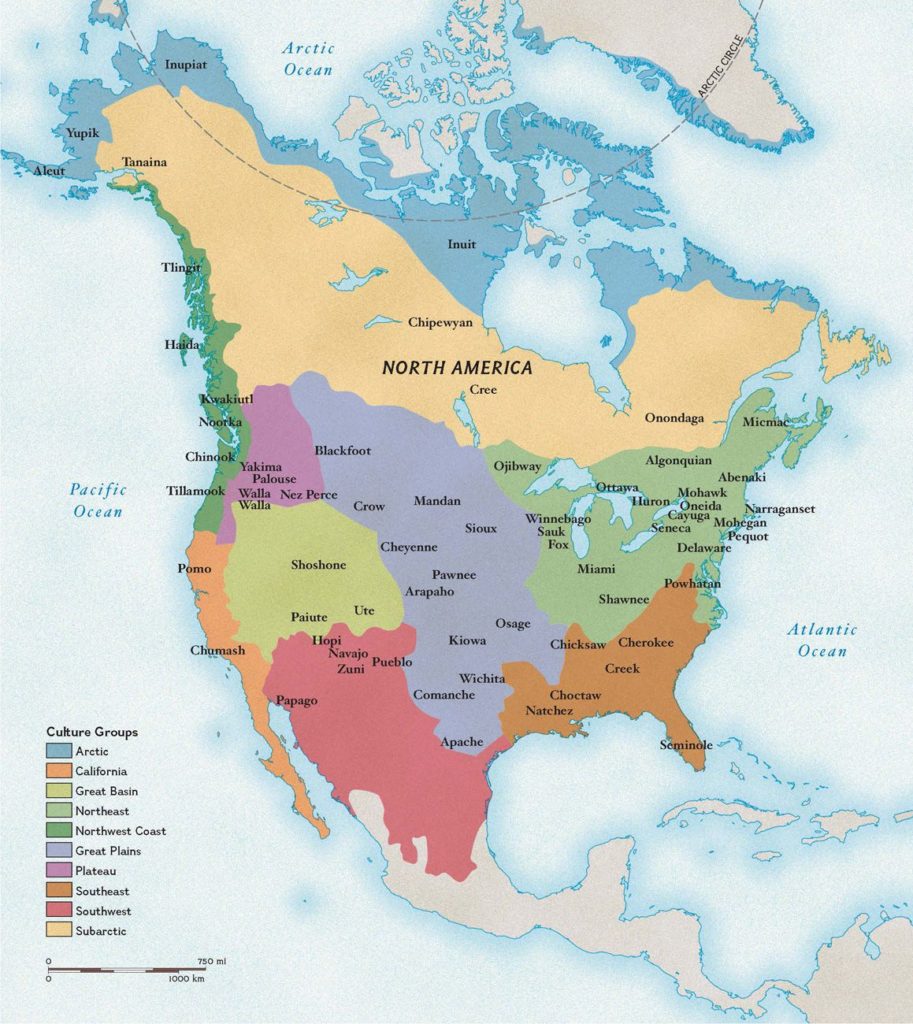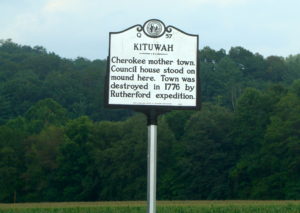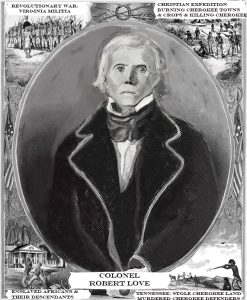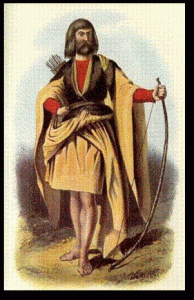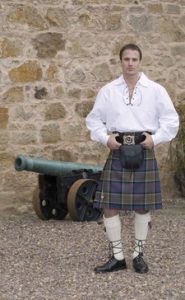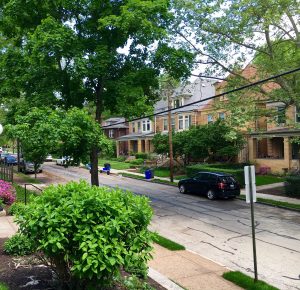Today I came across yet another narrative recounting how my extended family “settled” the frontiers of western Virginia and North Carolina. In this, as in every one of these stories, my ancestors were described as brave, doughty settlers taming the wilderness and bravely fighting off “warlike” Indians. We’ve written before in this blog, about reevaluating the language that we use, not in an effort to be “politically correct,” but to be historically correct. If you want a serious thoughtful examination of those words, revisit the entry, “The words we use, the stories they tell.” http://tangledhistories.org/cherokee/the-words-we-use-the-stories-they-tell/
But if you want a frivolous but fun little exercise, read on. Today, in a fit of annoyance, I decided to replace all the “brave settler” language with historically accurate terms and descriptions. The result was both silly and yet deeply satisfying.
So here’s a recap of some of the most common “brave settler” vocabulary with my replacement term.
Settlers and pioneers = “invaders”
To call a people “settlers” implies that they are moving into a land that is not already settled. I’m replacing those terms with “invaders.”
Hardy or restless pioneers = “desperate”
My Scotch-Irish forebears are frequently referred to using words like hardy, restless, and independent. What those terms really mean is that they were so desperate for land that they were willing to live in areas where they might be killed by justifiably angry Natives. I’m replacing those terms with “desperate.”
Frontier = “Native homeland”
Implies the edge of OUR territory rather than the place where YOU fight to maintain your territory. Instead I describe what the land was being used for by the Natives or call is simply “Native homeland.”
Here’s the original:
“Soon after his marriage to Ann Johnson in December 1766, Martin Gash moved to Virginia. This move was on the western frontier in an area then known as Augusta County. The Dennis families were hardy adventurers, brave enough to move where few white men ever lived before. These pioneers were often forced to barricade themselves in a community fort for protection against the fierce warlike Indians who continuously stalked the white invaders of their land.”
Here’s the translation:
“Soon after his marriage to Ann Johnson in December 1766, Martin Gash moved to Virginia. This move was to an area then called by the English “Augusta County,” but was situated along the Great Indian War Path and within a well-used tribal hunting ground. The Dennis families were desperate for land, desperate enough to move to Native territory. These white invaders were often forced to barricade themselves in a community fort for protection against the justifiably angry Indians who tried to push the white invaders from their homeland.”
Handy Glossary of replacement words: (Try it with your own family myths! It’s kind of fun!)
Terms describing slavery:
Plantation – forced-labor camp
Master/mistress – wardens
Slave – enslaved person, prisoner, forced laborer
Overseer – prison guard or labor-camp guard
Sex between owners and enslaved – rape
Terms describing colonial expansion:
Colony – usurped land
Settler – invader
Pioneer – invader
Hardy – desperate
Restless – forced to move
Indian fighter – Indian murderer
Frontier – native land
(military) expedition – violent invasion
Civilization – lifeways the colonizer values
Savages, barbarians, etc. –
Those who live on land colonizers want
Those who live in ways different from the colonizers
Those who worship differently than the colonizers

